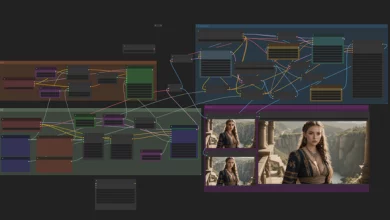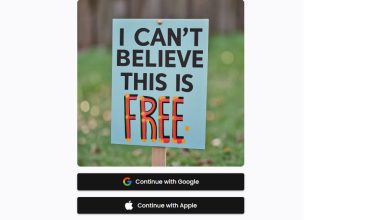
Sometimes, it feels like technology is taking over every industry. Many industries have adopted technological innovations into their day to day practices, and it is imperative that teachers equip students with digital literacy skills before they leave school. The common assumption many people make is that many kids and young adults today are technology whizzes. That is only partially true. Digital literacy is more than knowing how to surf the web. It also involves teaching students to use technology appropriately and effectively.
What You Will Teach Your Students
- What is a digital footprint? What information is safe to upload to the internet, and what isn’t?
- All aspects of information literacy, including knowing how to find, evaluate, and use the information found on the internet effectively.
- Cyberbullying? What it is, how to prevent it, and what to do when it occurs.
- Effective digital communication. Sometimes this involves how to vet people you are talking to online and what you can and can’t tell them.
- Protecting yourself online. How to recognize malicious people on the internet. How to keep your information safe.
Why Teach Digital Literacy
- Students will learn not to take everything at face value – It is very easy to believe that because things are on the internet, they are true. However, your students need to know that this is not true. Writers at paperwritingservice.com understand this and always evaluate sources before citing them in your work.
- Closing the digital divide – Is it true that many students today are more tech-savvy than many of their parents were at their age? Absolutely. Does this fact apply to all students? No. Not all students have the chance to interact with technological devices. Therefore, schools must teach all students digital literacy, as some will only get this opportunity in school.
- Allow divergence in teaching – There are different types of students. In the past, the main teaching practice has accommodated the auditory learners and left out the other types of learners. Thanks to technology, teachers can accommodate all students learning types to help them learn effectively. This may mean that visual learners can be looking at illustrations while they learn while auditory learners record the classes to listen to later.
- Teach students digital citizenship – The internet makes the world a village. As a member of this digital village, you must behave like an upstanding citizen. Two ways you can do this are by not plagiarizing someone else’s work and by not being a cyberbully.
- Expanding students’ current concepts of the digital world – students sometimes fall into the trap of thinking that a particular digital tool is mainly good for one thing when most digital tools are quite versatile. For example, a teacher can show a student that besides communicating with their friends on Facebook, they can also join groups that share information on advancements in different fields or connect students to jobs all over the world.
How to Teach Digital Literacy
There are many ways you can teach students digital literacy. In many cases, students already have an idea of what they can and can’t do and what they should and shouldn’t do. Your role is to expand on these ideas by giving them reasons and examples. Here are four ways you can teach students digital literacy.
Teach Them about Digital Footprints
The first thing you need to do is to explain to the student what a digital footprint is. Teach them the effects of having a negative digital footprint. Teach them about how to have a positive digital footprint and how to keep their information safe. A good exercise you can ask them to do is to look for themselves on the internet to see what an outsider can find out about them from their online profiles.
Teach Them to Question Everything
Just because Google said it doesn’t mean it’s true. It’s vital that your students learn how to be critical thinkers and question everything, no matter how true it appears to be on the surface. You can also teach them how to verify information so that they do not spread false information and perpetuate the false news cycle.
Teach Them about Digital Hygiene
We would like to believe that people are inherently good. However, there are some bad actors who would have no qualms about manipulating you using your information, stealing from you, or ruining your reputation. Some aspects of digital hygiene involve locking your profiles so that not everybody has access to you. Another aspect is having different, strong passwords for each of your accounts. Make it as hard as possible for a bad actor to get to you.
Teach Them How to Manage Distractions
Those in marketing and advertising know-how to capture and retain your attention. You may be on the internet researching that assignment, and an hour letter you are deep in the bowels of Reddit researching something else entirely. It is important that you teach your students how to avoid distractions when they are working. You can teach them tips like muting notifications, blocking distracting websites, and having work and break schedules that allow them to work and play.
The importance of teaching students digital literacy cannot be overstated. This is the only way to prepare them to use technological devices wisely. After all, technological innovations will not stop. At some point in the future, a high percentage of industries will rely heavily on technology. If these students do not learn now, they may feel overwhelmed when they need these skills the most.




